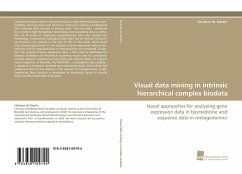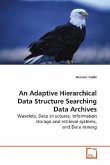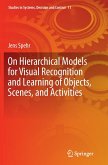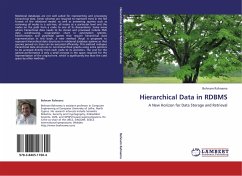Complex biological data is characterized by a high dimensionality, multi-modality, missing values and noisiness, making its analysis a challenging task. Complex data consists of primary data - the core data - produced by a modern high-throughput technology, and secondary data, a collection of all kinds of respective supplementary data and background knowledge. Furthermore, biological data often has an intrinsic hierarchical structure, e.g. species in the Tree of Life. In this book, novel visual data mining approaches for the analysis of gene expression data in biomedicine and for sequence data in metagenomics are presented. To support the analysis of gene expression data, a Tree Index is developed for external validation of hierarchical clustering results and for correlation analysis between clustered primary data and external labels. To support visual inspection of the data, the REEFSOM - a metaphoric data display - is adapted to integrate clustered gene expression data, clinical data and categorical data in one display. In the domain of metagenomics, a Self-Organizing Map classifier is developed in hyperbolic space to classify small variable-length DNA fragments.








